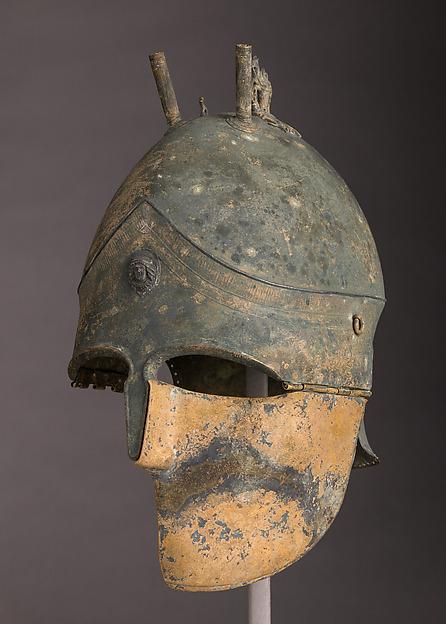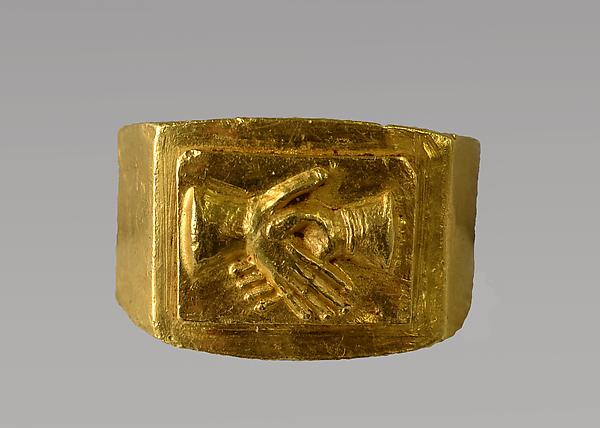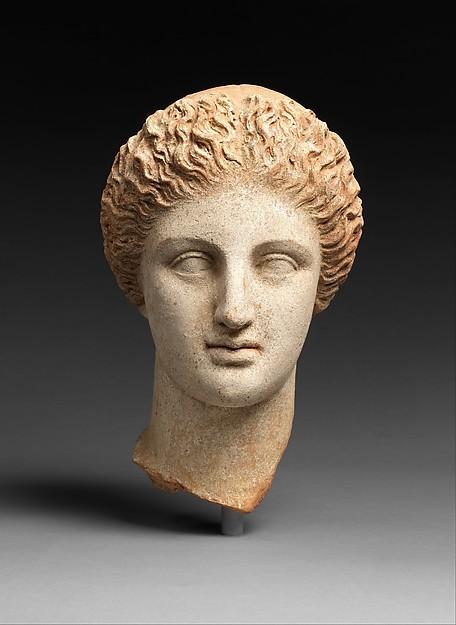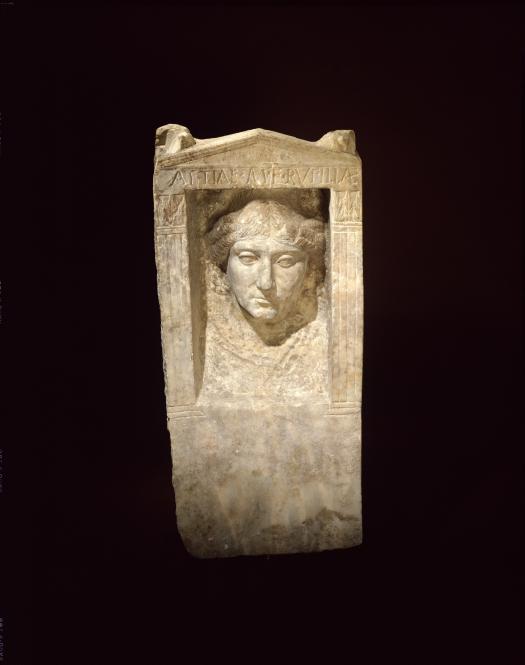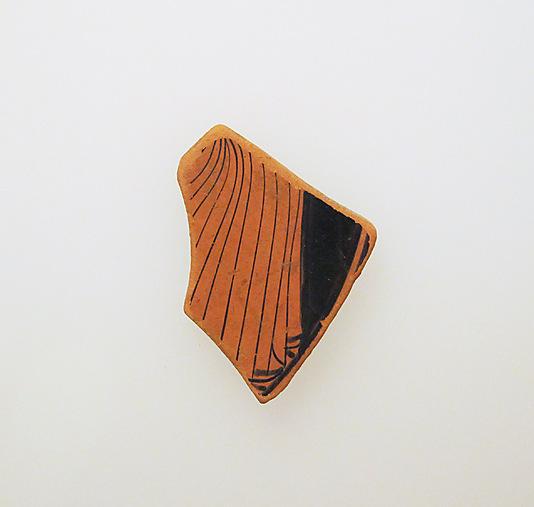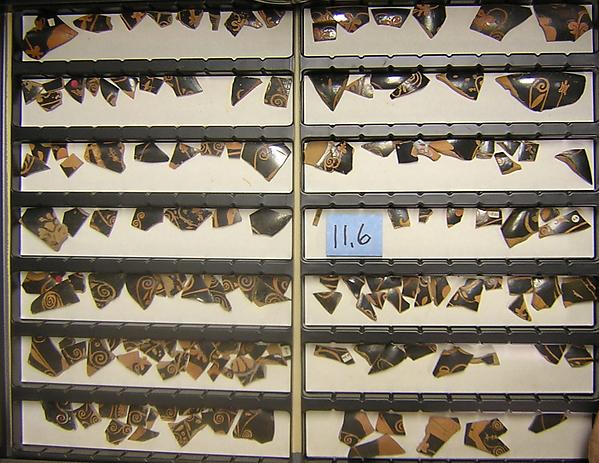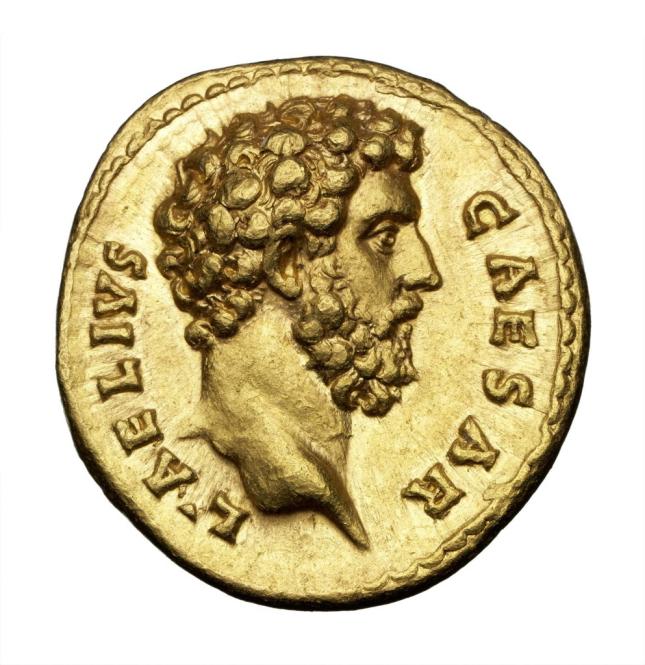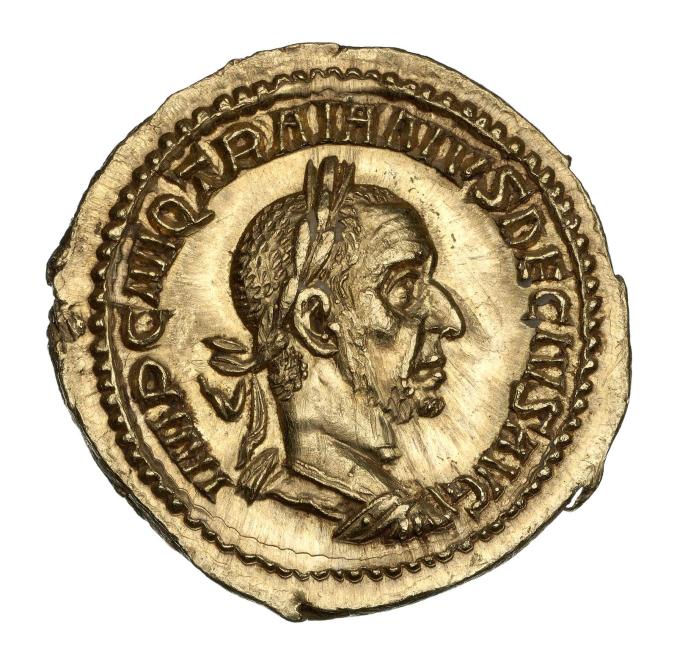1994.11.1
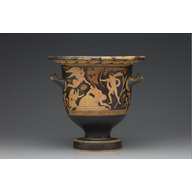
Object Title
Bell Krater: A, Orestes at the Altar of Apollo at Delphi; B, Three standing Men
Measurements
37 x 37 x 38.6 cm (14 9/16 x 14 9/16 x 15 3/16 in.)
Creation Date
ca. 375 B.C.
Credit Line
Leonard C. Hanna, Jr., Class of 1913, Fund
Museum Name
Culture
Country of Origin
Object Type
Materials / Techniques
Object URL
https://artgallery.yale.edu/collections/objects/60136
Provenance Information
Possibly collection of Raymond Duncan (brother of Isadora Duncan); Robert Hecht, New York, said to have been acquired from the above in the 1960s; Yale University Art Gallery, purchased from the above, 1994.
Exhibition Information
Passionate Acts in Greek Art and Myth, Isabella Stewart Gardner Museum, Boston, 11/19/1993–03/13/1994
Publication Information
Haiganuch Sarian, "Iconographie Classique et identités regionales," Bulletin de Correspondance Hellénique 14 (1986): 25-35; "Acquisitions, January 1994–December 1995," Yale University Art Gallery Bulletin (1995–96): 154–55, ill; Susan B. Matheson, "Hounded by Furies," Yale University Art Gallery Bulletin (1997–98): 18–29, fig. 1a–b, 2, 3.
Florence Z. Wolsky, Passionate Acts in Greek Art and Myth, exh. cat. (Boston: Isabella Stewart Gardner Museum, Nov. 19, 1993-Mar. 13, 1994), 26–27.
Adolf Michaelis, Ancient Marbles in Great Britain (Cambridge: Cambridge University Press, 1882), 648.
Cornelius Vermeule and Dietrich von Bothmer, "Notes on a New Edition of Michaelis: Ancient Marbles in Great Britain," American Journal of Archaeology 60 (1956): 146.;;Royal Athena Galleries, New York, Art of the Ancient World, sale cat. (1993)."
Florence Z. Wolsky, Passionate Acts in Greek Art and Myth, exh. cat. (Boston: Isabella Stewart Gardner Museum, Nov. 19, 1993-Mar. 13, 1994), 26–27.
Adolf Michaelis, Ancient Marbles in Great Britain (Cambridge: Cambridge University Press, 1882), 648.
Cornelius Vermeule and Dietrich von Bothmer, "Notes on a New Edition of Michaelis: Ancient Marbles in Great Britain," American Journal of Archaeology 60 (1956): 146.;;Royal Athena Galleries, New York, Art of the Ancient World, sale cat. (1993)."
Section of the AAMD Guidelines relied upon for the exception to 1970
Informed judgement that works were outside of the country of modern discovery before 1970
Explain why the object fits the exception set forth above
Believed to have been sold at a New York gallery in the 1960s
